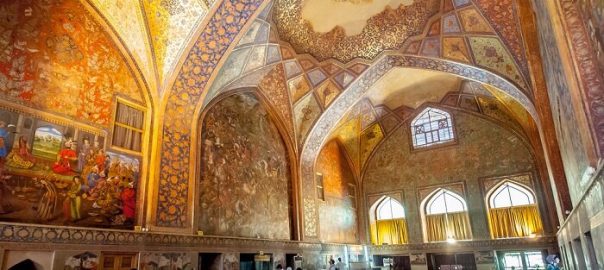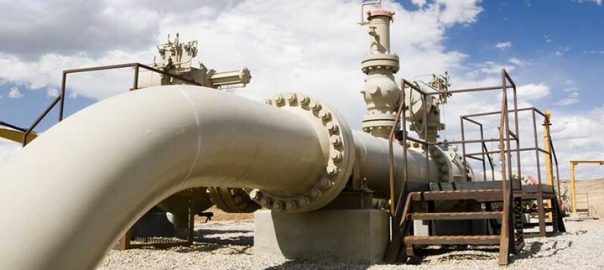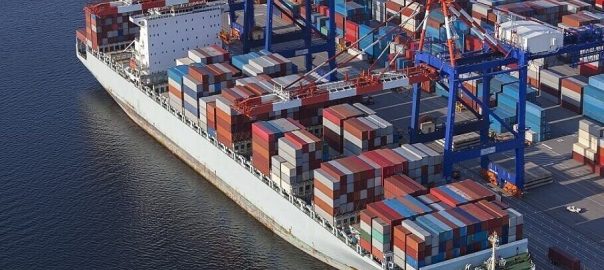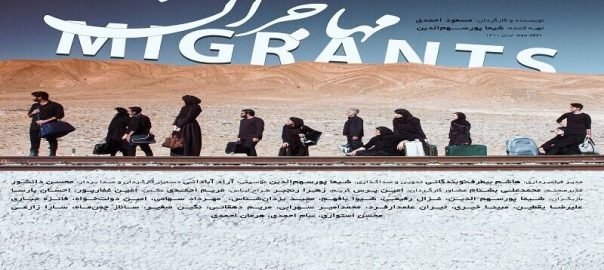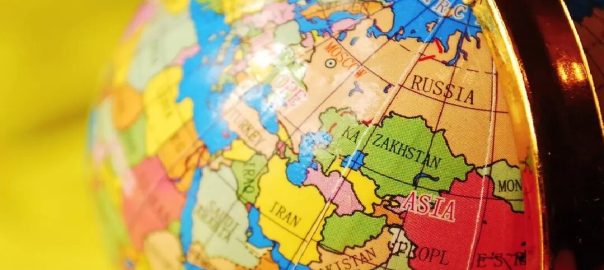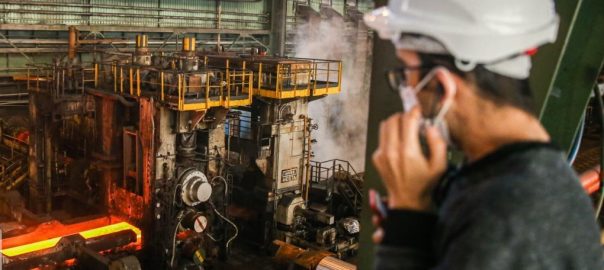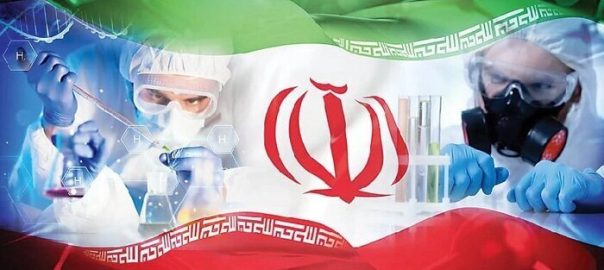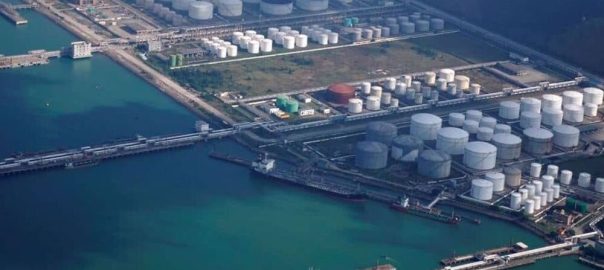Isfahan province has registered more than 10,000 visits to its cultural heritage museums and sites during a national three-day holiday started on Friday. All the 80 historical monuments and museums that operate under the supervision of this provincial tourism directorate were open and provided services to tourists despite holidays declared due to heatwave, the official explained.
“Over 10,000 domestic and international travelers paid visits to historical sites and museums in Isfahan province during the three-day holidays last week,” the deputy provincial tourism chief said on Sunday.
“According to the available data, Chinese tourists constitute the majority of foreign tourists visiting the historical monuments in Isfahan province,” Hamidreza Mohaqqeqan said.
A domestic travel flow started across the country as of Tuesday when the Iranian government declared national holidays for the two upcoming days due to a heat wave that saw temperatures touch record levels across the country.
The decision came after the meteorological office forecasted temperatures exceeding 40 degrees Celsius in many cities and hovering around 50 degrees Celsius in the southwest.
Isfahan was once a center of international trade and diplomacy and is now one of Iran’s top tourist attractions for good reason. It is full of architectural marvels such as peerless Islamic buildings, markets, museums, Persian gardens, and tree-lined avenues. This is a city for strolling, getting lost in maze-like markets, dozing off in beautiful gardens, and meeting people.
Isfahan has long been nicknamed as Nesf-e-Jahan which is translated into “half the world”; meaning seeing it is relevant to see half the world. In its heyday, it was also one of the largest cities in the region with a population of nearly one million.
Modern Isfahan is now home to some heavy industry, including steel factories and a nuclear facility on its outskirts, however, its inner core wants to be preserved as a priceless gem. The city is also home to a gigantic, professional, and state-of-the-art healthcare city, which is a major destination in the realm of medical tourism. /T.T/

